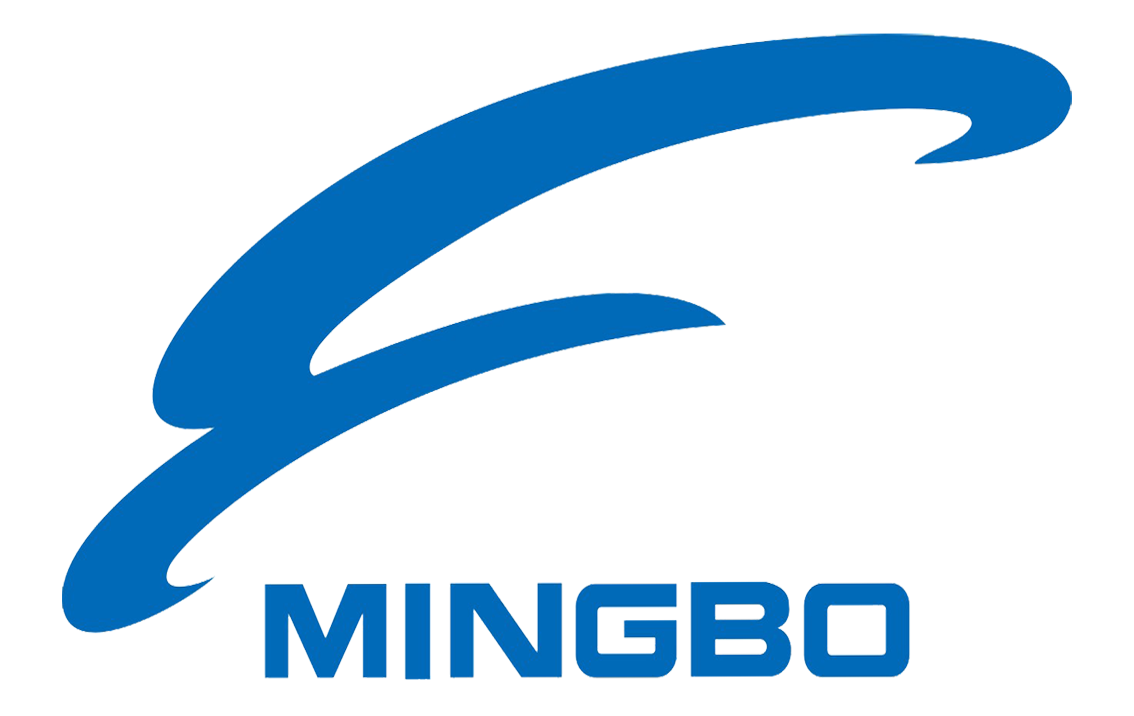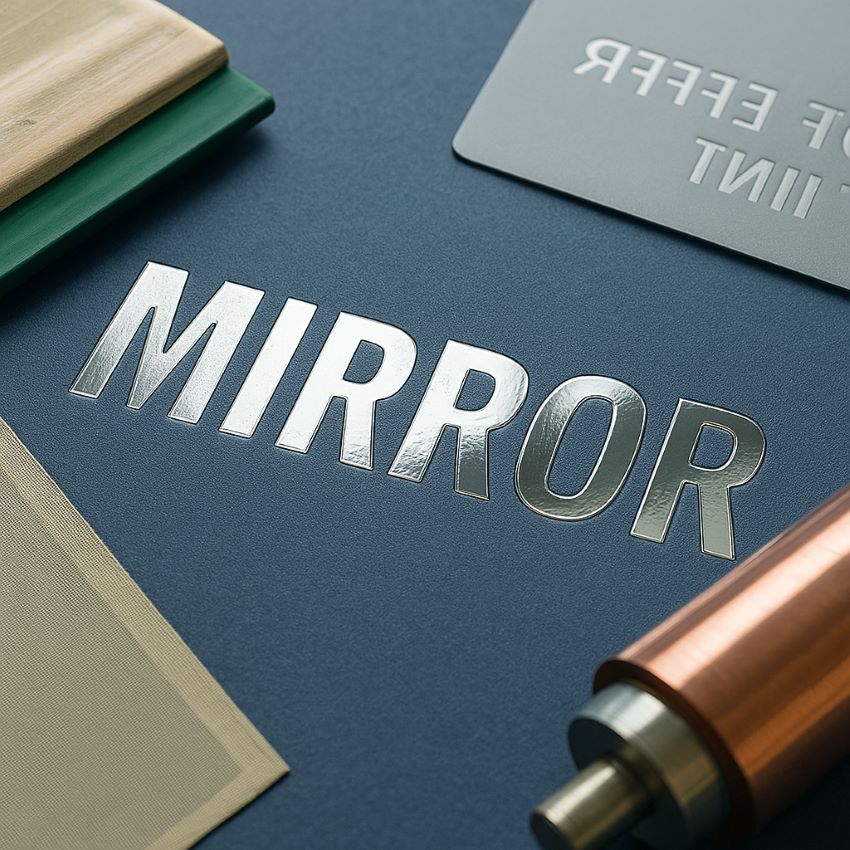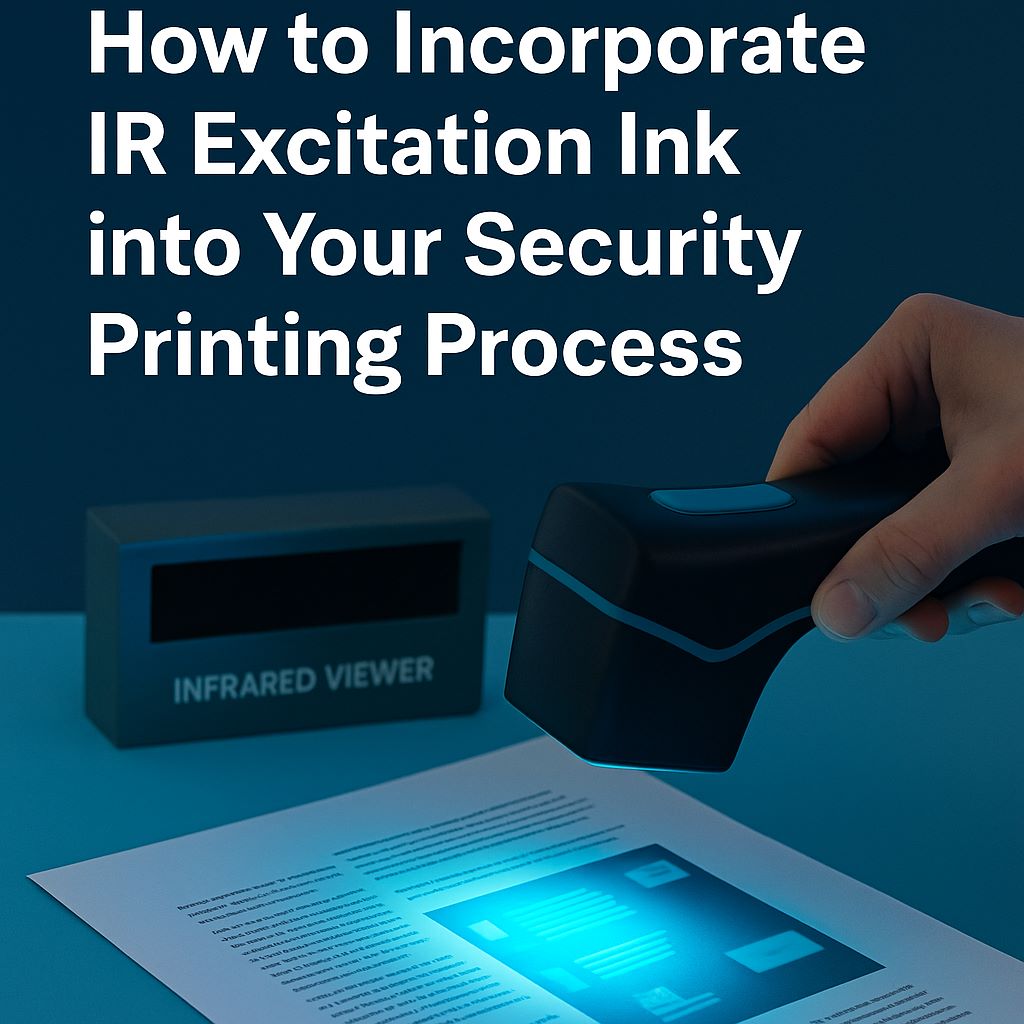ミラーエフェクト印刷インクはユニークです. それらの反射仕上げは、高い視覚的影響を追加します. しかし, choosing the right printing method is key. Without the proper process, the ink may lose its effect or fail to adhere.
Let’s explore the top three techniques: screen printing, offset printing, and gravure printing. Each offers different strengths. Knowing which to use helps achieve better results and reduces waste.
Screen Printing: High Coverage, Best for Mirror Ink
Screen printing offers strong ink layer control. It allows thick application, which is ideal for mirror effect printing inks. Since this ink type needs high film thickness to shine, screen printing fits well.
さらに, screen printing provides excellent coverage on many surfaces. It works well on plastics, 紙, or even films. The process supports both large and small areas. It also allows precise control of curing, which is critical for metallic or reflective effects.
しかし, screen printing may be slower. Yet, for high-end applications, the quality often outweighs speed. This method is widely preferred for anti-counterfeit labels and premium packaging.
Offset Printing: Limited, But Useful for Specific Needs
Offset printing is common in large-scale printing. It provides high resolution and speed. But for mirror effect inks, it has limits. Offset methods apply thin ink layers. These may not build enough film for a full mirror look.
Despite this, offset printing works in specific cases. When using specialized plates and treated surfaces, it can print light mirror tones. Also, offset is great when combining mirror ink with regular ink layers.
しかし, the technique often needs pre-press adjustments. さらに, it may require expensive inline curing systems to ensure adhesion. In general, offset is less ideal for heavy metallic inks like mirror finishes.
Gravure Printing: High Speed, But Requires Care
Gravure printing is ideal for high-volume production. It prints fast and accurately. Its engraved cylinders allow detailed design reproduction. But for mirror inks, challenges exist.
Gravure printing can struggle with thick ink layers. The cell depth of the cylinder must match the ink’s viscosity. If not, mirror effects may fade. Also, the solvent base must evaporate evenly to avoid streaking.
Despite these concerns, gravure works well on flexible packaging. With careful setup, it delivers consistent results. しかし, the initial cost of engraving cylinders is high. For small batches, it’s not cost-effective.

So, Which Is Best?
For vivid mirror effects, screen printing is the top choice. It builds a thicker ink layer. This enhances reflectivity and color depth. It also offers broad substrate compatibility.
Offset can support hybrid designs, but it is not ideal for full mirror surfaces. Gravure is suitable for long-run jobs on films, provided the setup is precise.
さらに, the ink formulation must match the method. Choosing UV-curable or solvent-based mirror inks affects print quality. Always test ink-substrate compatibility before production.
結論
Selecting the right printing method for mirror effect inks is crucial. Screen printing stands out for its ink thickness and clarity. Offset and gravure have roles in specific settings, though they require more technical adjustment.
Understanding each technique helps users apply mirror inks effectively. With the right process, these inks produce an outstanding visual impact and strong anti-counterfeit value. Choose wisely for the best results in both appearance and performance.
Contact our Mingbo Inks to get your ミラー効果印刷インク!



